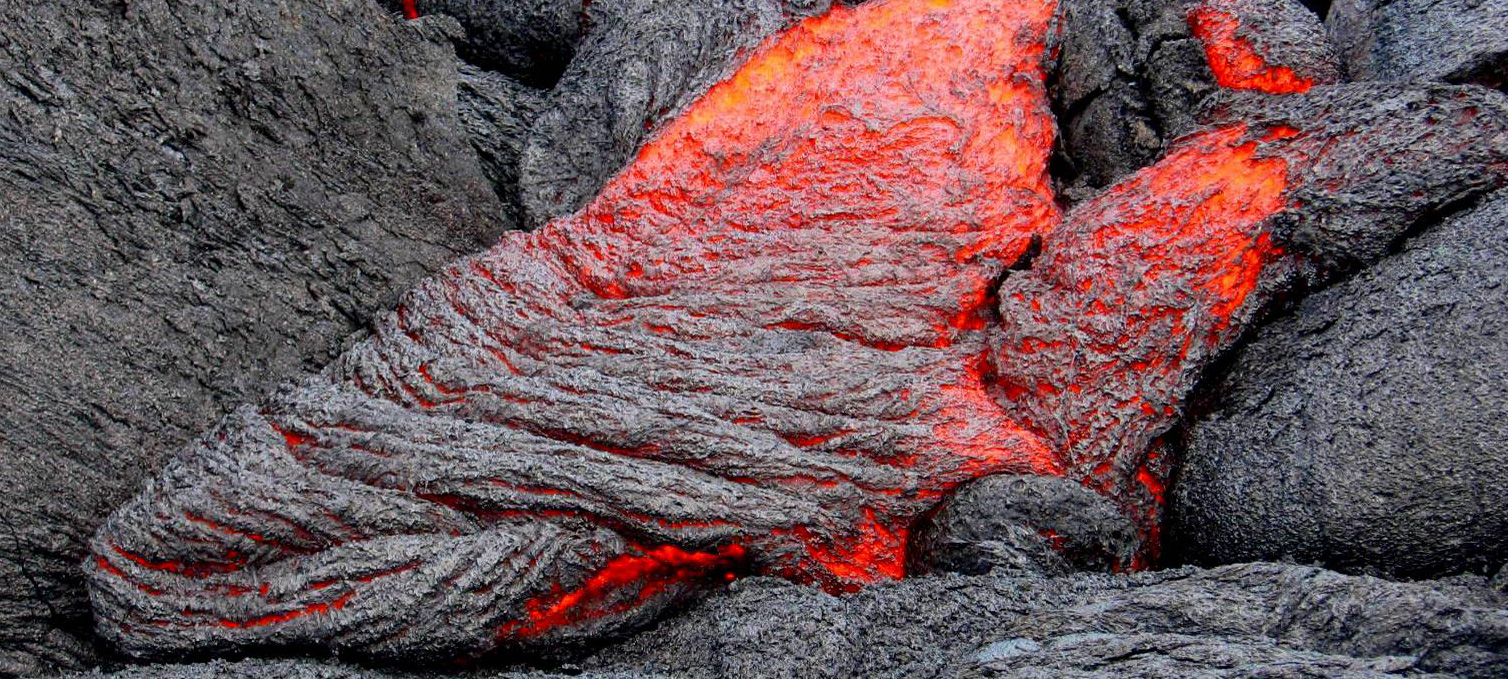-

Sorosilicates
Sorosilicates, also known as pyrosilicates, are a group of silicate minerals characterized by the linking of two silica tetrahedra (SiO4) through one shared oxygen atom, …
-
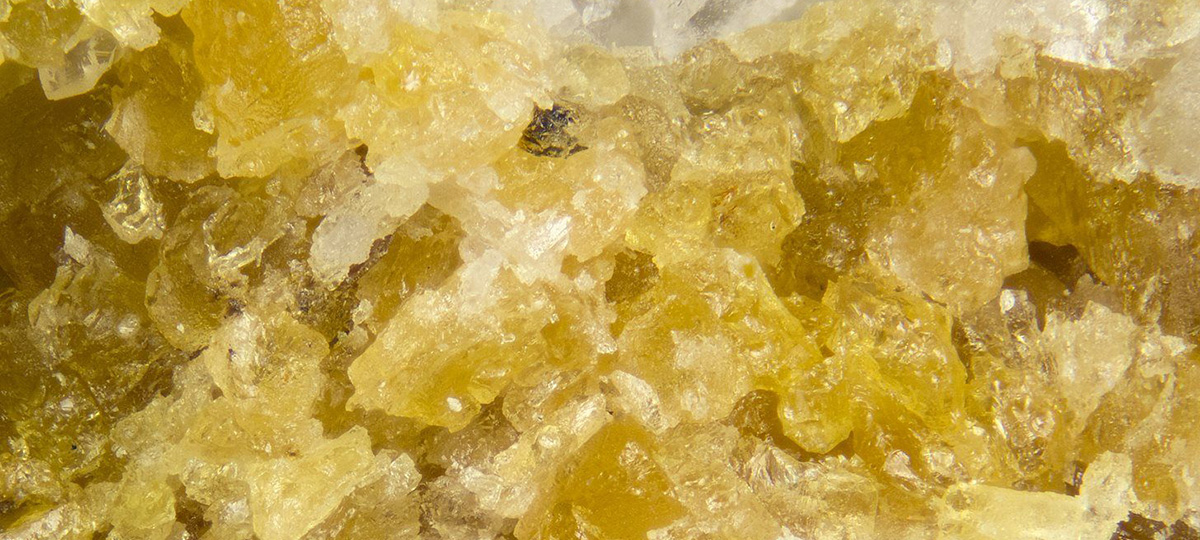
Cyclosilicates
Cyclosilicates, also known as ring silicates, are a fascinating group of silicate minerals characterized by the arrangement of silica tetrahedra (SiO4) into ring structures. These …
-

Inosilicates
Inosilicates, also known as chain silicates, are a captivating group of silicate minerals characterized by the arrangement of silica tetrahedra (SiO4) into continuous single or …
-
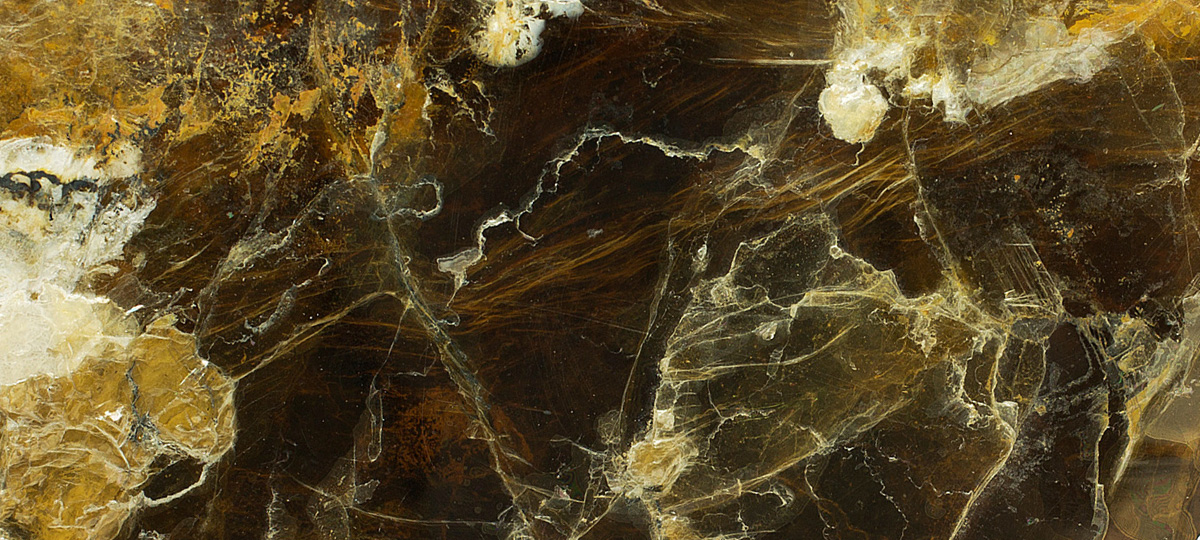
Phyllosilicates
Phyllosilicates, also known as sheet silicates, are a fascinating group of silicate minerals characterized by the arrangement of silica tetrahedra (SiO4) into continuous, flat sheets. …
-

Tectosilicates
Tectosilicates, also known as framework silicates, are a captivating group of silicate minerals characterized by the arrangement of silica tetrahedra (SiO4) into continuous, three-dimensional frameworks. …
-

Rock Basics
Rocks are naturally occurring, solid aggregates of minerals that make up a significant portion of the Earth’s crust. They are formed through various geological processes …
-

Rock Cycle
The rock cycle is a geological process that illustrates the continuous transformation and interaction among the three major types of rocks: igneous, sedimentary, and metamorphic. …
-
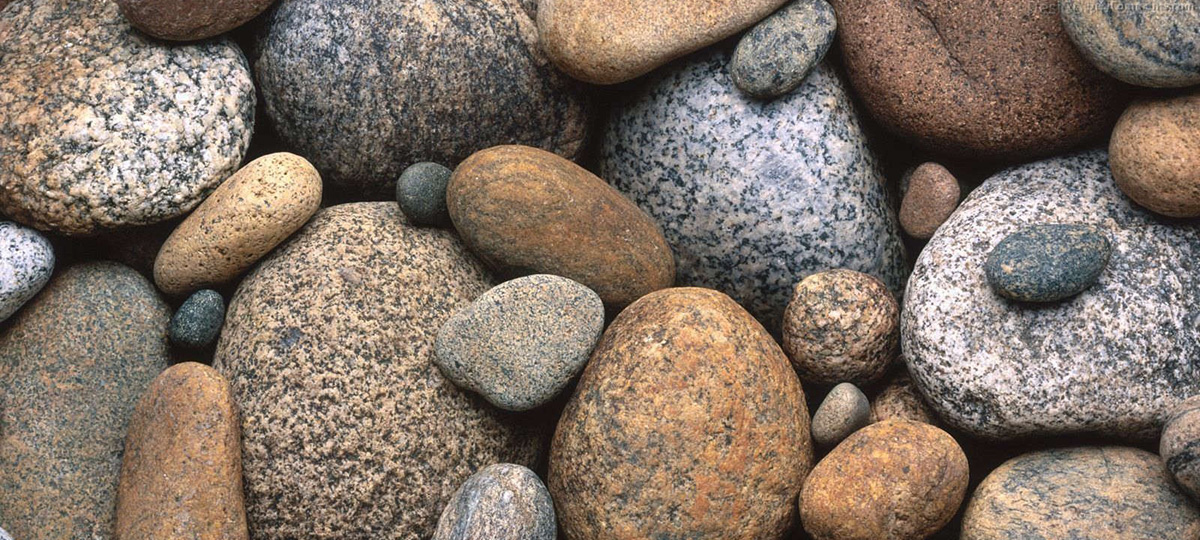
Rock Identification
Rock identification is the process of examining and analyzing a rock’s physical and chemical characteristics in order to determine its type, composition, and history. This …
-

Intrusive Igneous
Intrusive igneous rocks, also known as plutonic rocks, form from the slow cooling and solidification of magma beneath the Earth’s surface. These hidden wonders of …
-

Extrusive Igneous
Extrusive igneous rocks, also known as volcanic rocks, form from the rapid cooling and solidification of lava on or near the Earth’s surface. These captivating …
-
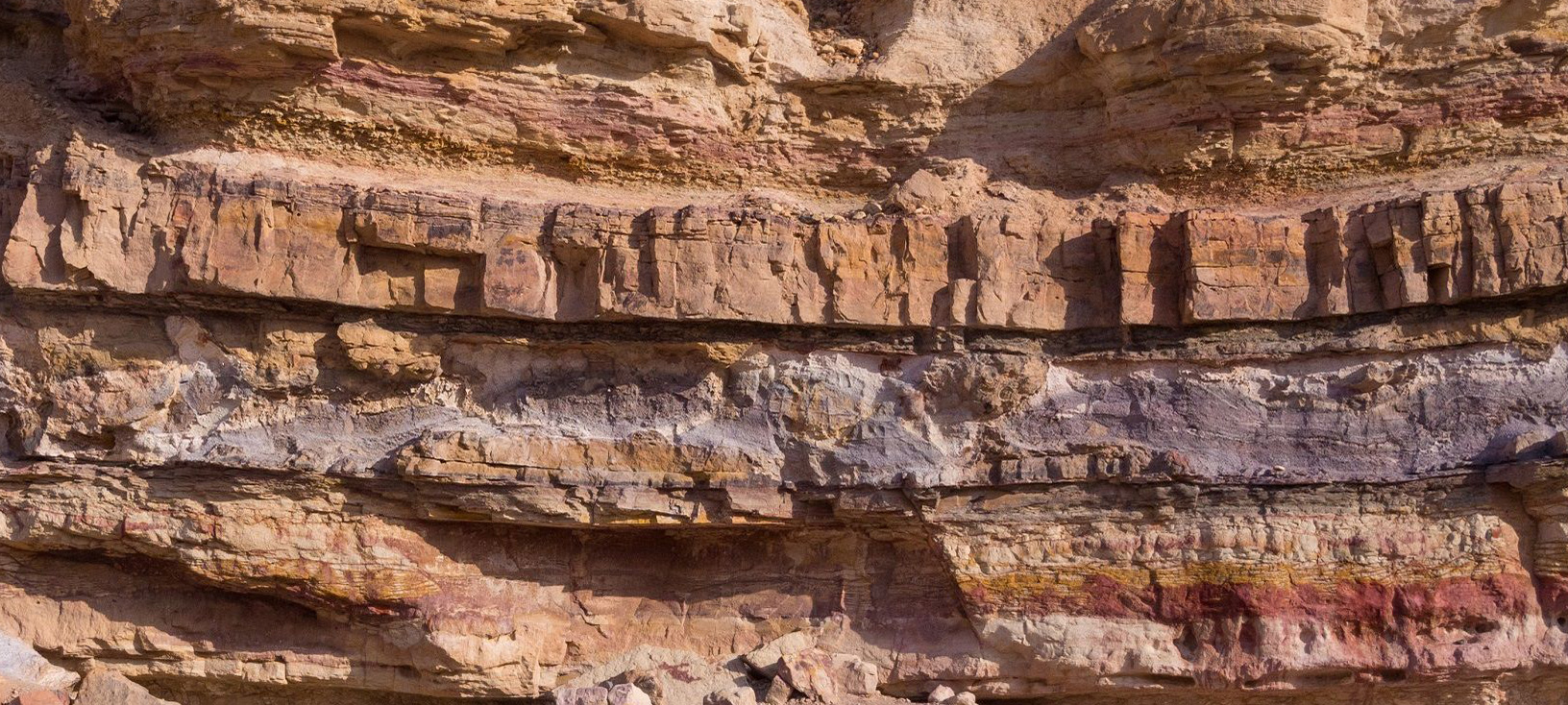
Sedimentary
Sedimentary rocks are formed from the accumulation, compaction, and cementation of mineral and organic particles over time. These captivating rocks record Earth’s history, preserving evidence …


